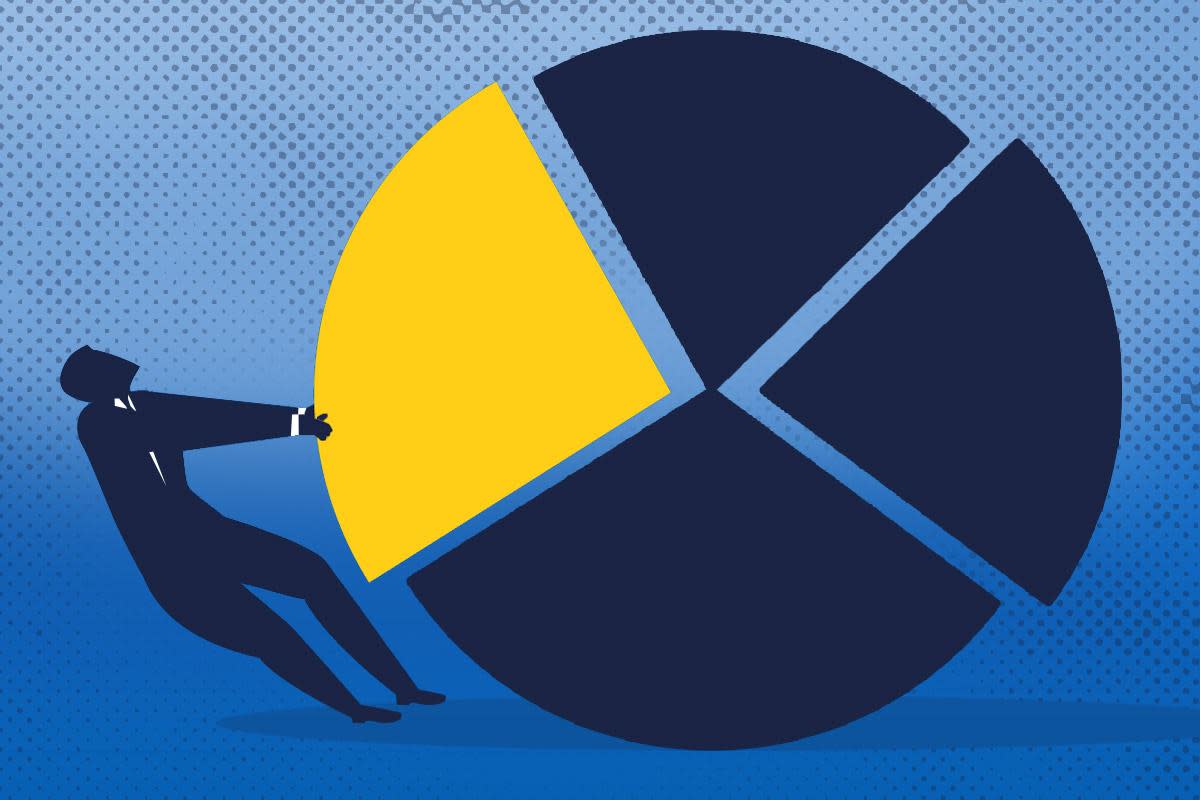Home>Finance>Standard Error (SE) Definition: Standard Deviation In Statistics Explained


Finance
Standard Error (SE) Definition: Standard Deviation In Statistics Explained
Published: February 1, 2024
Learn about the definition of standard error (SE) in finance, a statistic used to measure the standard deviation and variability of data. Gain insights into its significance and application in statistical analysis.
(Many of the links in this article redirect to a specific reviewed product. Your purchase of these products through affiliate links helps to generate commission for LiveWell, at no extra cost. Learn more)
Understanding Standard Error: Definition and Explanation
When it comes to statistics, one particular concept that often confuses people is standard error (SE). If you’re interested in finance and want to deepen your knowledge about this topic, you’ve come to the right place. In this blog post, we will uncover the meaning of standard error and provide you with a comprehensive explanation.
Key Takeaways:
- Standard error measures the precision of an estimate or a statistic in relation to the population.
- It is calculated by dividing the standard deviation by the square root of the sample size.
So, what exactly is standard error? Well, imagine you have a sample of a population, and you want to estimate a particular parameter based on that sample. The standard error allows you to quantify how much your sample statistic might differ from the true population parameter. In other words, it measures the precision of your estimate.
To calculate the standard error, you need to know the standard deviation and the sample size. The standard deviation measures the variability or spread of the data values, while the sample size tells you how many observations were used to calculate the statistic.
Now, let’s break down the formula for calculating standard error. It is determined by dividing the standard deviation by the square root of the sample size. By dividing by the square root, we take into account the fact that larger sample sizes tend to provide more accurate estimates.
Why is standard error important in finance? In the world of finance, it is crucial to make accurate estimates and predictions. By understanding standard error, financial professionals can gauge the reliability of their statistical findings and make informed decisions based on the level of uncertainty.
Some key applications of standard error in finance include:
- Calculating confidence intervals for investment returns
- Evaluating the accuracy of portfolio performance measurements
- Assessing the precision of financial forecasts
In conclusion, standard error is a valuable statistical concept that helps finance professionals make reliable estimates and predictions. By understanding the meaning and calculation of standard error, you can navigate the world of finance with confidence and make informed decisions based on sound statistical analysis.
Remember, the standard error allows you to quantify the precision of your estimates in relation to the population. So, the next time you encounter standard error in your financial endeavors, you’ll be well-equipped to interpret and utilize it to your advantage.














